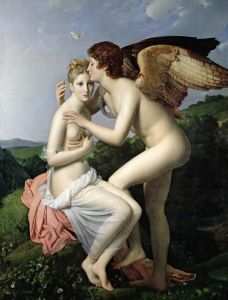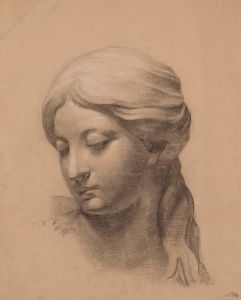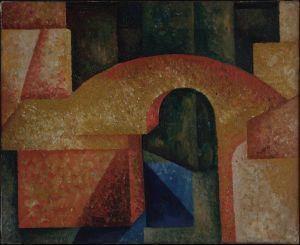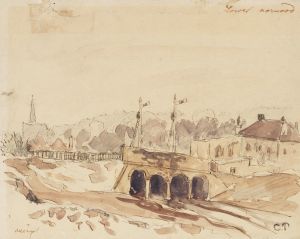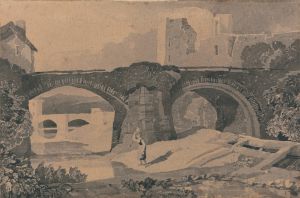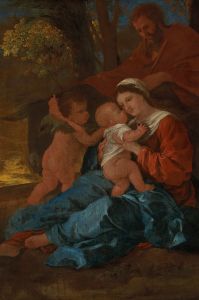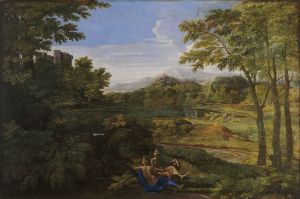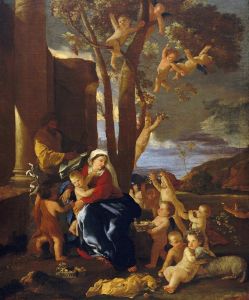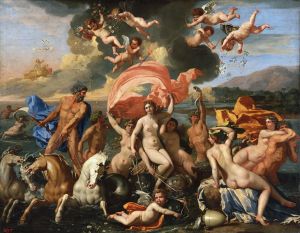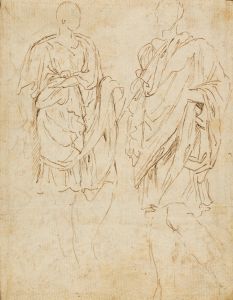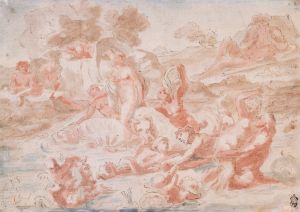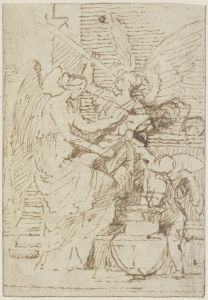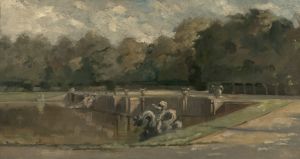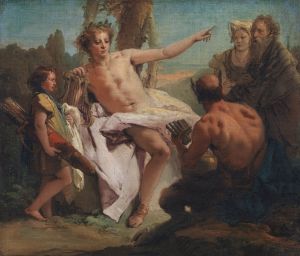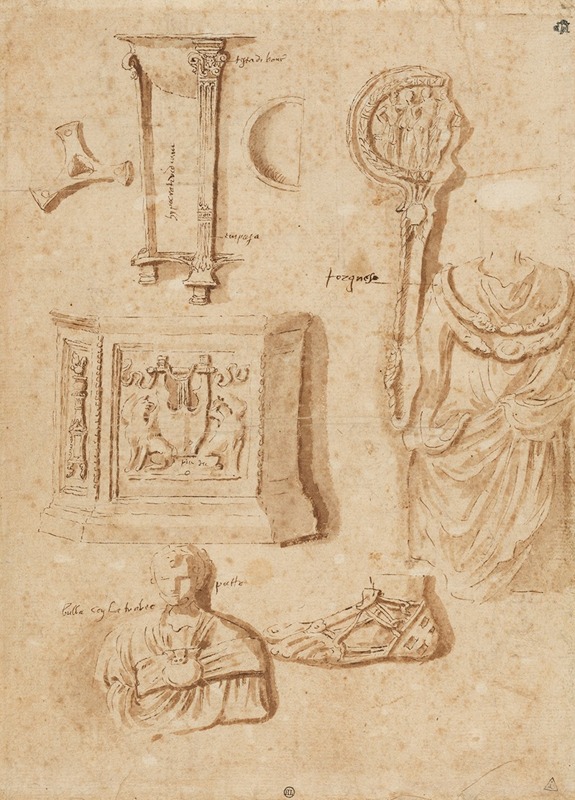
Studies of Antiquities
A hand-painted replica of Nicolas Poussin’s masterpiece Studies of Antiquities, meticulously crafted by professional artists to capture the true essence of the original. Each piece is created with museum-quality canvas and rare mineral pigments, carefully painted by experienced artists with delicate brushstrokes and rich, layered colors to perfectly recreate the texture of the original artwork. Unlike machine-printed reproductions, this hand-painted version brings the painting to life, infused with the artist’s emotions and skill in every stroke. Whether for personal collection or home decoration, it instantly elevates the artistic atmosphere of any space.
Nicolas Poussin, a prominent French painter of the 17th century, is renowned for his classical style and his significant contribution to the Baroque period. However, there is no specific painting titled "Studies of Antiquities" attributed to Poussin. It is possible that the title may refer to a broader theme or series of works related to antiquity, a subject Poussin frequently explored in his art.
Poussin was deeply influenced by classical antiquity, and this is evident in many of his works. He spent a significant portion of his career in Rome, where he was surrounded by the ruins and artifacts of ancient Rome and Greece. This environment profoundly impacted his artistic vision, leading him to incorporate classical themes, figures, and architectural elements into his paintings. His works often depict scenes from ancient history, mythology, and the Bible, rendered with a sense of order, clarity, and harmony that reflects his admiration for the classical ideals of beauty and proportion.
One of Poussin's notable approaches was his use of "history painting," which was considered the highest genre in the hierarchy of painting during his time. This genre involved the depiction of historical, biblical, or mythological scenes, often with moral or philosophical undertones. Poussin's paintings are characterized by their narrative depth, meticulous composition, and the use of classical references to convey complex themes and emotions.
Poussin's dedication to classical antiquity is also evident in his methodical approach to painting. He was known for his rigorous preparatory work, which included detailed studies and sketches of figures, landscapes, and architectural elements. This meticulous preparation allowed him to create compositions that were both dynamic and balanced, with each element carefully considered to contribute to the overall narrative and aesthetic harmony of the piece.
While there is no specific painting titled "Studies of Antiquities," Poussin's oeuvre includes several works that exemplify his engagement with classical themes. For instance, paintings such as "The Abduction of the Sabine Women," "The Triumph of Pan," and "Et in Arcadia Ego" reflect his fascination with ancient history and mythology. These works showcase his ability to blend classical subject matter with the Baroque style's dramatic intensity and emotional depth.
Poussin's influence extended beyond his lifetime, impacting subsequent generations of artists. His emphasis on classical ideals and structured composition inspired the Neoclassical movement in the 18th century, with artists like Jacques-Louis David drawing upon Poussin's techniques and themes. Today, Poussin is celebrated as a master of classical painting, and his works continue to be studied for their artistic and historical significance.
In summary, while there is no specific painting by Nicolas Poussin titled "Studies of Antiquities," his body of work is a testament to his profound engagement with classical antiquity. His paintings reflect a deep understanding of classical themes and aesthetics, making him a pivotal figure in the history of Western art.





